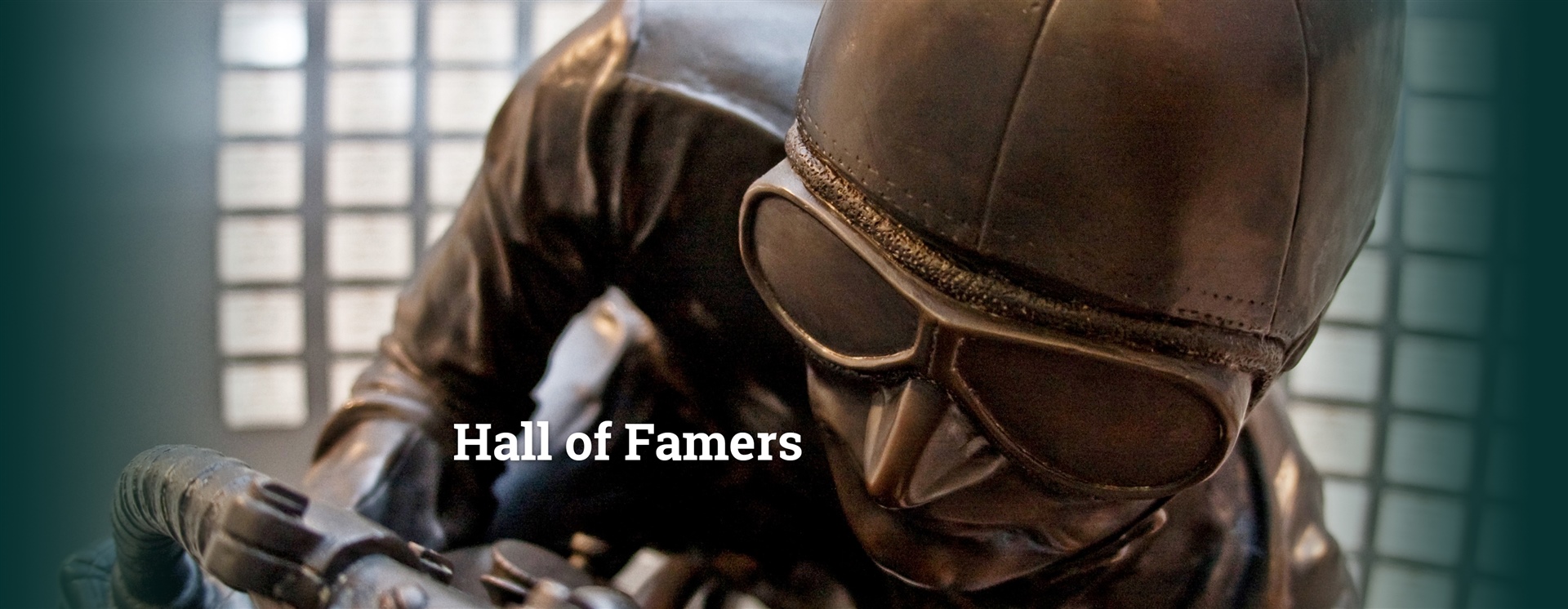Sorry guys,
To warm this old thread up but it's been too much of a temptation.
I be been welding up ports (although mostly classic 2v Yamahas and Guzzis) and combustion chambers for quite some years now and there are some tricks to go for those who want to try:
1. You need an xxl long ceramic (6-9) nozzle
2. One needs a modern Inverter machine set on very hard settings.(depending on location play with frequency but leave the pointed tip!)
3. One has to flood the port with argon or heli.
4. Better to use a fatter (you want/need that point for heat concentration and less heat distribution to not cook out the alloy with too much energy besides the weld) than spec'd tungsten (grey I prefer).
Second I wanted to remind you that in the mentioned XR years (when also Jerry Branch did the port work) that aermacchi was part of H&d which was one of the reasons why Paso, back than on aermacchi, as well raced the XRTT.
I would be amazed if there wouldn't have been a slight hint of cross dpt engineering, as to my knowledge Renzo brought with him his own Italian mechanics.
Btw there was also a twin version of the aermacchi called the Linto, I bet power could have been raised with today's knowledge of cam timing and more important valve lift and angled Dellorto PHF'e with 90degr speedway type float chambers
For the rest i wish you all a very nice weekend

Kind regards from Italy
Christian
Ps. Regarding the pseudo static characteristics of a flowbench there is one or two SAE papers on the subject by either Yamaha, Honda or even AMF, with perhaps to my memory even correction factors.
Nonetheless a flowbench is what it is, a tool nothing more, it depends mostly on the good logical reasoning and engineering experience of the user. Nothing more nothing less
PPS: forgot, the coefficient of disch/flow takes into account the area of the flow thus one can get a somewhat clear idea of air speeds that should not get beyond 0,5-0,62, 0,65 Mach according to ital scientific literature guide rules thus one will not find in my book a supersonic intake port.
Fluctuating manometer phaenomens on intake ports are usually a sign for turbulences and thus e.g. disattaching flow somewhere in the port.


